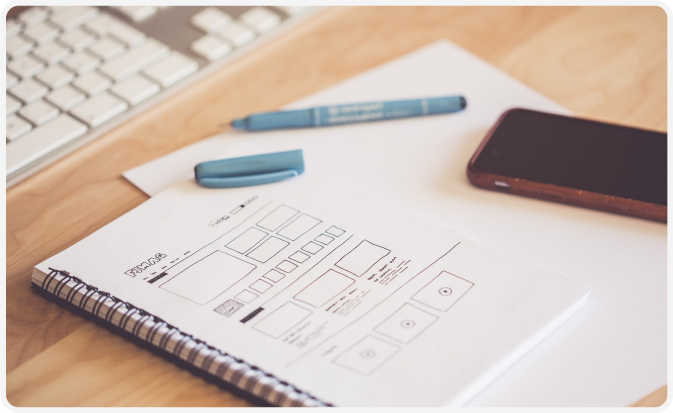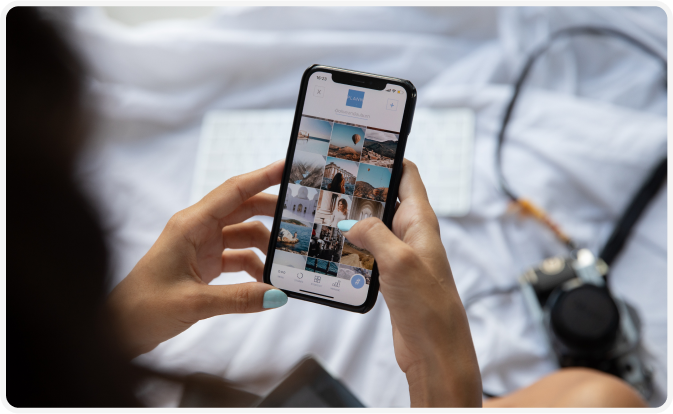Hiring a UX Designer or UX Researcher
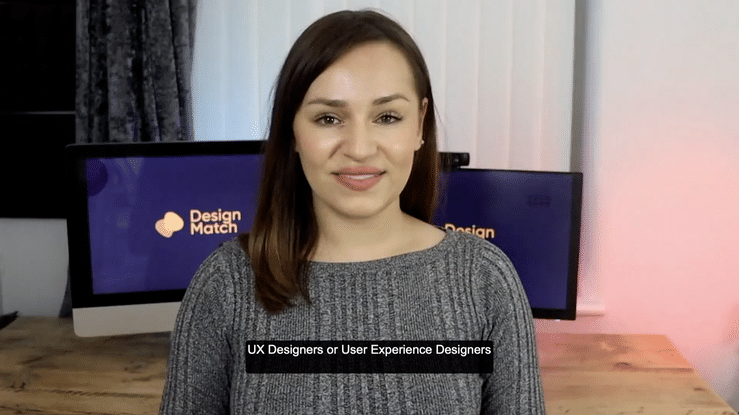
What is a UX designer?
UX designers are creatives who designs user interfaces and experiences. A ux designers goal is to make the interface or experience as easy and efficient for users to complete their desired action, whether it be making a purchase, inquiring about your product, posting on social media - whatever they want. UX designers are responsible for getting them there. User experience designers help with wire framing, user testing, usability testing, interaction design for digital products. Note a freelance ux designer is different from a user interface designer.
The ROI of hiring a great UX designer is incredibly high. Companies who have embraced UX design are seeing their ROI increase by 300% on average.
What is a UX Researcher
A UX designer is a user experience design specialist who creates digital products that meet the user's needs and provide them with an enjoyable and meaningful experience. UX designers use research and analysis to create digital experiences that are intuitive, easy to use, and tailored to the user’s individual needs. UX designers also typically create wireframes, prototypes, user personas/profiles, information architectures (IA), usability tests, and more in order to understand how users interact with a product or service. The goal of a UX designer is to craft better experiences for users by understanding their needs, motivations, and behaviors.
UX Designers help your customers have a seamless experience while
UX researchers help identify what your customers really need.
but many do both!
What can hiring a UX designer do for my business?
Researching and analyzing user behavior
Researching and analyzing user behavior is a key part of developing successful digital products. A good UX designer should be able to observe how users interact with a product or service, identify any issues or problems they may be having, and use data-driven analysis to make informed decisions. By understanding how users think and what motivates them, UX designers can leverage research insights to create interfaces that are intuitive and easy to use, while also optimizing designs for maximum engagement. This research helps ensure that the product or service meets users' needs in the best way possible.
Conducting usability tests
Conducting usability tests is an essential part of user experience design. Through these tests, UX designers can gather valuable data to inform their decisions. Usability testing allows designers to observe how users interact with a product or service and explore any potential issues that need to be addressed. Usability tests also enable designers to understand how users perceive the product or service and make necessary changes in order to improve the user experience. This process helps ensure that the product or service is as intuitive and easy-to-use as possible for its intended audience.
Refining existing designs based on feedback
Refining existing designs based on feedback is an important part of user experience design. By collecting and analyzing feedback from users, UX designers can identify areas that need improvement, optimize designs for maximum engagement, and ensure the product or service meets its intended audience. User feedback helps designers adjust designs to meet the needs of their users, while also ensuring they are creating a positive user experience. Through this process of refinement and iteration, UX designers create digital products that are intuitive, engaging, and highly usable.


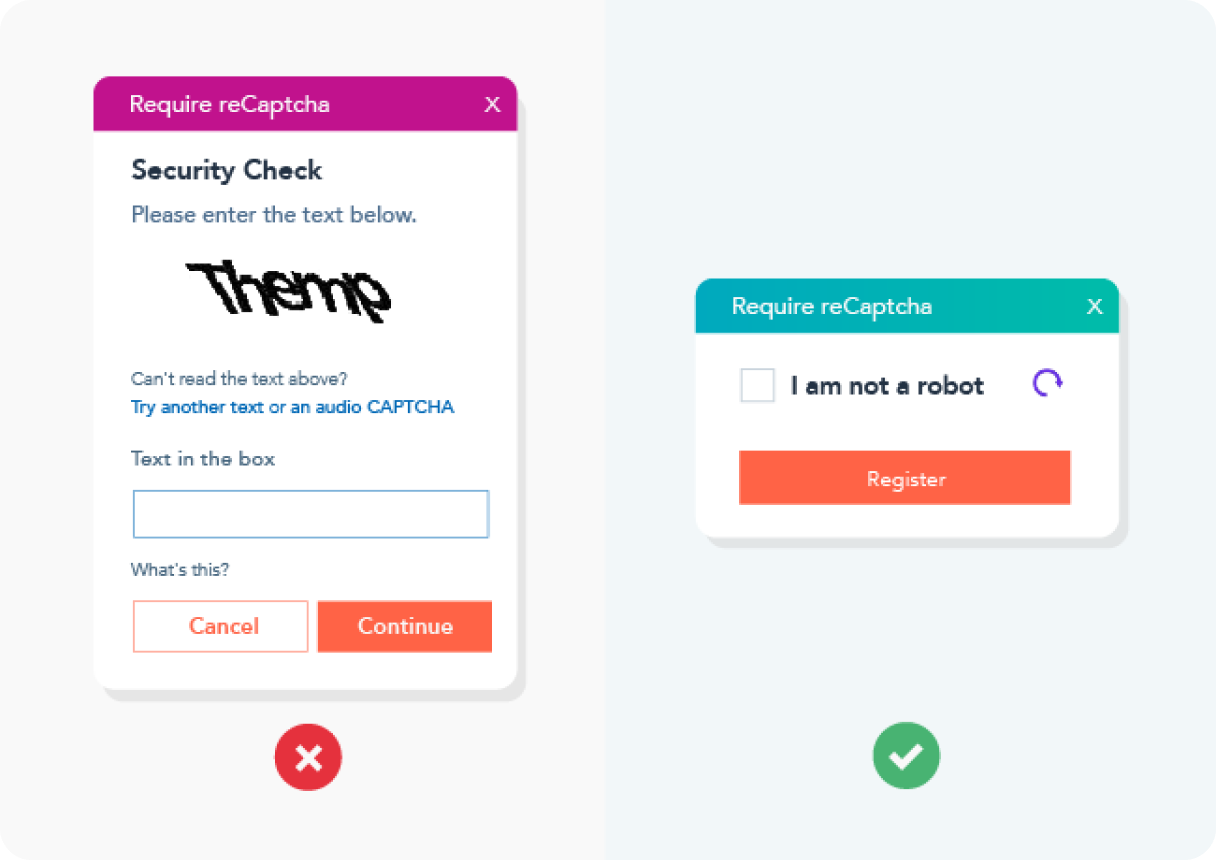
What does a
UX designer actually do?
Analyze user behavior
Analyzing user behavior is a key part of user experience design. It involves tracking users’ activities and behaviors as they interact with a product or service in order to gain insights into how the user interacts with it. This data helps UX designers understand what works and what doesn’t work, so they can make necessary adjustments to optimize the design and ensure that users have an enjoyable experience while using the product or service. Through analyzing user behavior, UX designers are able to create designs that are tailored to their users’ needs, providing them with an optimal experience every time.
Create User Personas
Creating user personas is an important part of user experience design. Personas are archetypal models of a particular group of users, and they help UX designers to create designs that meet the specific needs and goals of their target audience. Personas are developed based on research into who the product or service is intended for, taking into account demographics, experience with technology, motivations, and more. They provide UX designers with a better understanding of how different types of people interact with a product or service, allowing them to create designs that are tailored to meet their unique needs.
Develop Information Architectures (IA)
Developing Information Architectures (IA) is an essential part of user experience design. It involves the creation of a structure for the layout and navigation of a product or service to make it easier for users to find what they need. IA focuses on understanding how users interact with a product or service, as well as their needs and expectations. It involves structuring information into logical categories and using visual elements such as menus, buttons, and dropdown boxes to organize content in an easy-to-navigate way. UX designers use IA to create products that are intuitive, user-friendly, and have logical navigation pathways so that users can quickly find what they need.
Understand user interactions
Understanding user interactions is vital to user experience design. UX designers have to think beyond surface-level interactions, such as how users navigate the interface, and consider the deeper motivations behind why they interact with a product or service. This can be done through research, observations, and interviews with users. By understanding user interactions, UX designers are able to create designs that not only meet user needs but also anticipate their future needs in order to provide a more intuitive, enjoyable experience.
Refine design based on feedback
Refining design based on user feedback is an essential part of UX design. After a design has been created, it is important to collect feedback from actual users in order to make sure that the design meets their needs. Through interviews, surveys and usability testing, UX designers can gain valuable insights into how real users interact with their product or service. This information helps UX designers refine the initial design and make improvements that better meet user needs resulting in a more successful product or service.
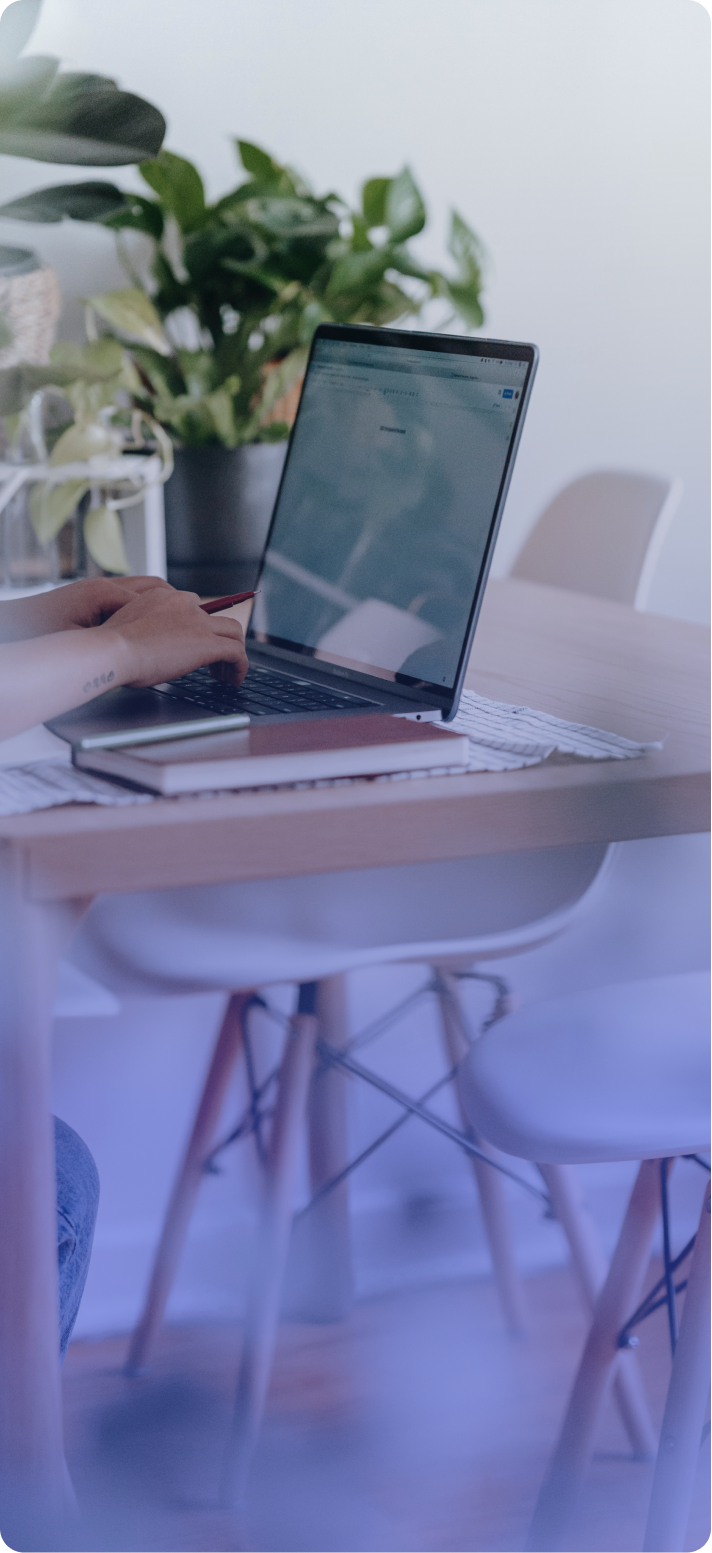
What to look for when hiring a UX Designer
Case Studies
Case studies are different from classic portfolio pieces as they give you a deeper insight into how your prospective designer actually solves problems. Look for case studies with links to live projects rather than concept projects.
Design Thinking
When evaluating design thinking you, you’re looking to see how the designer takes business considerations into their design decisions. Although you’re looking for a creative, you want to ensure they solve problems considering business constraints.
Personality Fit
This is one of the most important factors of choosing a designer. You want to ensure that the person gets along with your team. Having a great personality fit often shortens the onboarding time for a designer and get them producing results quickly.
What does a
UX researcher actually do?
Analyze data
Analyzing data is an important part of UX research. By collecting and analyzing user feedback, surveys, and other data from interviews or usage tests, UX researchers can identify patterns in behavior and preferences. This helps them gain insight into user needs, motivations and experiences with a product or service. Data analysis enables them to make informed decisions on how to improve the user experience. With this data-driven approach, UX researchers can ensure that their designs effectively meet user needs and provide the best possible experience for users.
Create surveys
Creating surveys is an essential part of UX research. Surveys provide valuable insights into user experience which can inform design decisions. By asking the right questions in a survey, UX researchers can uncover user needs, preferences, and motivations. The data collected from surveys can be used to evaluate user satisfaction and tweak existing designs for improved usability. Surveys are also a useful tool for collecting feedback about products and services in development. With this information, UX researchers can make sure that the end product meets user needs before it is launched.
Usability testing
Usability testing is a key component of UX research. It helps UX researchers understand how users interact with and experience a product or service. Through usability testing, UX researchers can identify areas of improvement that can be addressed through design changes. During the test, users are asked to perform tasks on the product or service while the researcher observes their behavior and records any errors made. The results from usability tests are then used to make informed design decisions for improved user experience. Usability testing ensures that designs meet user needs and provide a better overall experience for users.
Conduct interviews
Interviews are an important part of UX research as they provide qualitative insights into user needs and behavior. Conducting interviews enables UX researchers to ask detailed questions and receive personalized answers. Through interviews, UX researchers can gain a deeper understanding about the motivations and wants of users. Additionally, interviews can provide valuable information about how users view the current products or services being used. By using interviews as part of their research process, UX researchers can ensure that designs meet user needs and encourage engagement with the product or service.
Test Designs
Testing designs is an essential part of UX research. It helps UX researchers evaluate product or service designs against user needs. Through testing, UX researchers are able to identify problems in design and usability, as well as make improvements to the product or service so it meets user expectations and needs. Testing can also provide insights on user engagement and how a design may need to be tweaked for optimal performance. By testing designs early and often, UX researchers can ensure that their designs meet user requirements and deliver satisfactory experiences.
Business value
of UX Design
38% increase
A study by Forrester Research found that a well-designed user experience can lead to a 38% increase in customer satisfaction and a 27% increase in customer loyalty.
Charge 12% more
Research by the Nielsen Norman Group found that users are willing to pay up to 12% more for a product or service with a well-designed user experience.
30% increase LTV
A study by the Boston Consulting Group found that companies with strong user experiences see a 30% increase in customer lifetime value.
Hiring a UX Designer
Hiring a UX Designer is an important step in creating successful products and services. A UX Designer brings creativity, technical know-how, and user-centric thinking to the development process. A good UX Designer can evaluate user needs and design experiences that meet those needs. They also have experience with usability testing, which helps ensure that product designs are effective and efficient for users. With their expertise, UX Designers can help create products that are easy to use and visually appealing, ultimately providing valuable experiences for users. Here's a guide to writing the perfect job description to hire a UX designer.
I should hire a UX designer...
When the product is in the early stages of development
A UX designer can help to research and understand the target user, and create a user-centered design that meets their needs and expectations.
When the product has a high level of complexity
A UX designer can help to simplify the user experience and make it more intuitive for the user.
When the product has a high level of competition
A well-designed user experience can make a product stand out from the competition, leading to increased customer satisfaction, loyalty, and lifetime value.
When the product is facing a high rate of user churn
A UX designer can help to identify the cause of the high churn rate and create solutions to improve the user experience and increase retention.
When the startup has limited resources
A UX designer can help to create an efficient and cost-effective user experience that maximizes the impact of limited resources.
Do not hire a UX designer as your first designer hire. Consider a product designer.
Why hire your next product designer with Design Match
Risk Management
We take care of international compliance, vetting, legal and financial components of hiring a designer. We provide a foundation for sustainable growth.
Flexibility
Our weekly billing model allows your designs to work along side the growth of your startup. There are no longterm contracts at Design Match.
Support
Design Match is run by designers who not only help you find the perfect match, but can provide suggestions, tools and support along the way.
Common questions
from founder
A UX (user experience) designer is responsible for creating a seamless and intuitive user experience for a digital product, such as a website or mobile app. They work to ensure that the product is easy to use and meets the needs of the user, with a focus on usability, accessibility, and overall satisfaction.
Hiring a UX designer can lead to increased customer satisfaction, loyalty, and lifetime value. A well-designed user experience can make a product easier to use, which can lead to more customers and increased revenue. Additionally, a well-designed UX can lead to increased customer satisfaction and loyalty, which can lead to more repeat customers and positive word-of-mouth recommendations.
When hiring a UX designer, look for someone with a strong portfolio that demonstrates their ability to create intuitive and user-friendly designs. Additionally, look for a designer with experience in the specific type of product you are creating, such as mobile app design or web design. It's also important to find someone who can work well with your development team and understands the technical limitations of your project.
The cost of hiring a UX designer can vary depending on factors such as the designer's experience, location, and the scope of the project. On average, you can expect to pay anywhere from $50 to $150 per hour for a UX designer, with more experienced designers on the higher end of that range.
The length of time it takes to design a user experience can vary depending on the complexity of the project and the experience of the designer. On average, you can expect the design process to take anywhere from several weeks to several months, with more complex projects taking longer.
The UX design process typically includes the following steps: research and analysis, design, testing and iteration, and final implementation. In the research and analysis stage, the designer will gather information about the target user and the goals of the product. In the design stage, the designer will create wireframes, mockups, and prototypes of the product's user interface. In the testing and iteration stage, the designer will test the product with users and make any necessary adjustments. In the final implementation stage, the designer will work with the development team to implement the design into the final product.
Find your next designer today with Design Match
Speak with a matcher
Tell us what you're working on and see if Design Match is a good fit
